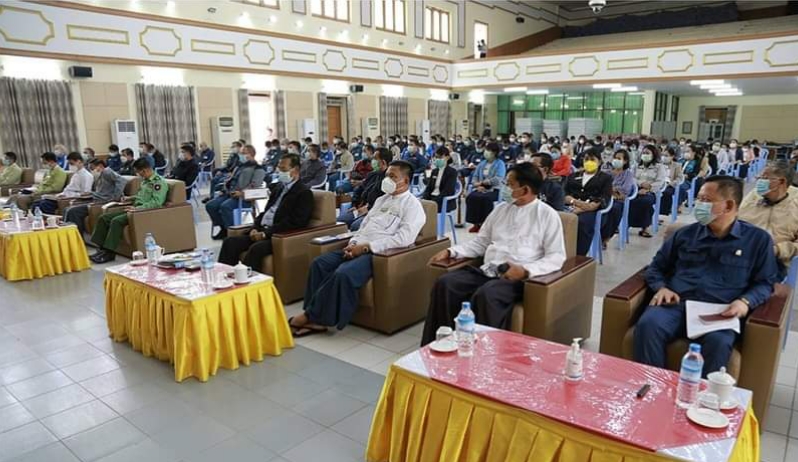
Bitcoin and other cryptocurrencies are digital or virtual currencies that use cryptography for security.
They are decentralized and typically operate on technology called blockchain, which is a distributed ledger enforced by a network of computers (nodes).









Here are some key points about Bitcoin and other cryptocurrencies:
Bitcoin
Creation: Bitcoin was created in 2009 by an unknown person or group of people using the name Satoshi Nakamoto.
Blockchain Technology: Bitcoin transactions are recorded on a public ledger called a blockchain, which is maintained by a network of nodes.
Decentralization: Bitcoin is not controlled by any central authority, such as a government or financial institution.
Mining: New bitcoins are created through a process called mining, which involves solving complex mathematical problems to validate transactions and add them to the blockchain.
Supply Limit: The total supply of Bitcoin is capped at 21 million coins, which adds to its scarcity.
Use Cases: Bitcoin is used for various purposes, including as a store of value, a medium of exchange, and a unit of account.
Other Cryptocurrencies
Ethereum: Created by Vitalik Buterin, Ethereum is a decentralized platform that enables smart contracts and decentralized applications (dApps) to be built and run without any downtime, fraud, or interference. Its cryptocurrency is called Ether (ETH).
Ripple (XRP): Ripple is both a platform and a currency. The Ripple platform is an open-source protocol designed for fast and cheap digital transactions. XRP is the cryptocurrency used in the Ripple network to facilitate transactions.
Litecoin (LTC): Created by Charlie Lee, Litecoin is similar to Bitcoin but with faster transaction times and a different hashing algorithm.
Cardano (ADA): Developed by a team led by Charles Hoskinson, Cardano aims to create a more secure and scalable blockchain that can support complex applications.
Polkadot (DOT): Created by Dr. Gavin Wood, co-founder of Ethereum, Polkadot enables different blockchains to interoperate and share information and features.
Binance Coin (BNB): Originally created as a utility token for the Binance cryptocurrency exchange, Binance Coin is now used to power the Binance Smart Chain, which supports smart contracts and dApps.
Common Features
Decentralization: Most cryptocurrencies operate on decentralized networks, reducing the need for a central authority.
Security: Cryptocurrencies use cryptographic techniques to secure transactions and control the creation of new units.
Transparency: Blockchain technology allows for transparent and immutable recording of transactions.
Global Reach: Cryptocurrencies can be sent and received anywhere in the world, often with lower fees and faster transaction times compared to traditional financial systems.
Risks and Challenges
Volatility: Cryptocurrency prices can be highly volatile, leading to significant financial risk.
Regulatory Issues: Governments around the world are still figuring out how to regulate cryptocurrencies, leading to uncertainty.
Security Risks: While blockchain technology is secure, exchanges and wallets can be vulnerable to hacking.
Adoption: Although growing, widespread adoption of cryptocurrencies is still limited compared to traditional currencies.
Cryptocurrencies continue to evolve, with new innovations and applications being developed regularly. They represent a significant shift in how we think about money, finance, and decentralized technologies.

Leave a Reply